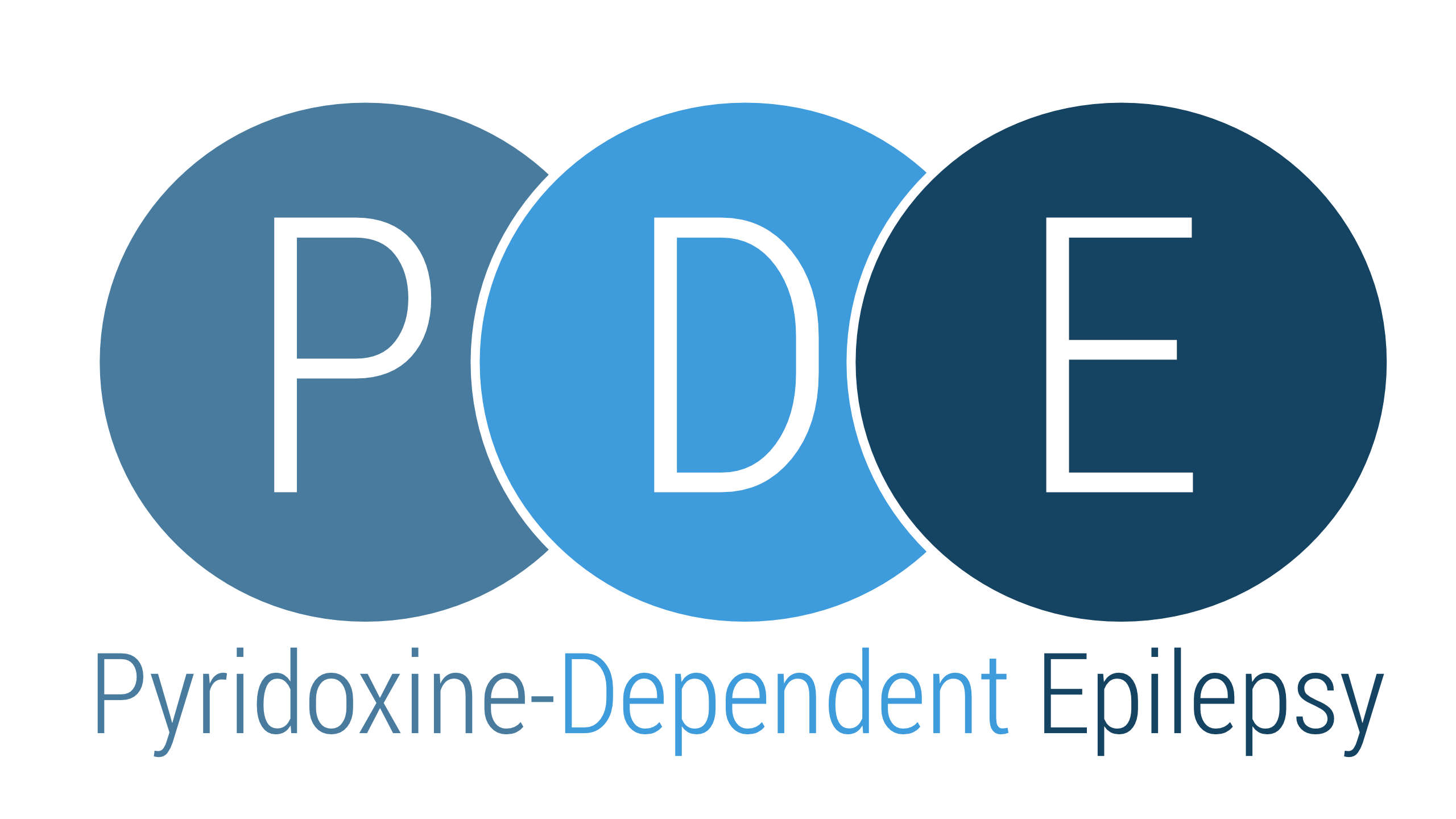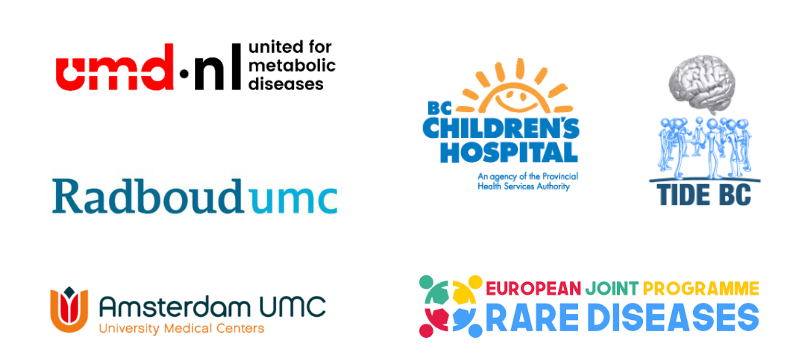Pyridoxine-dependent epilepsy (PDE-ALDH7A1) is a rare -yet treatable- inherited metabolic disorder. Recent studies have shown an incidence of 1:65 000 to 1:250 000 live births. The disease is characterized by intractable seizures that, in general, do not respond to conventional antiepileptic medications, but are often controlled by daily high doses of vitamin B6 (pyridoxine). However, even with early diagnosis and B6 treatment, outcomes are often poor; 80% of these children still suffer developmental delay and intellectual disability.
Ongoing neurotoxicity despite vitamin B6 treatment may explain these poor outcomes. Antiquitin (ATQ) or the ALDH7A1 gene (see Gene Reviews or OMIM for details), encodes an enzyme in the lysine degradation pathway named α-aminoadipic semi-aldehyde dehydrogenase. Deficiency of this enzyme leads to accumulation of chemical substances -called AASA, P6C and pipecolic acid- that are neurotoxic causing developmental and cognitive deficits.
To overcome these poor outcomes, adjunct lysine reduction therapies (LRT) have been initiated: Lysine restricted diet, as a substrate inhibitor, and arginine supplementation, as a competitive inhibitor. Lysine and arginine compete for transportation over blood-brain barrier, therefore increasing the available amount of arginine lowers the transported lysine into the brain. The combination of these LRT together with vitamin B6 is called ‘Triple Therapy’. Not only was the diet found to be well-tolerated and safe, it also led to a reduction of neurotoxic biomarkers and improved seizure control, behavior and psychomotor development. Addition of arginine showed an additional decrease of neurotoxic metabolites.
The past few years the international PDE consortium has collaborated to achieve several goals in the field of PDE-ALDH7A1, as well as initiate new lines of research.
- Studies on the effect of LRT, however small in patient numbers
- Initiation of the PDE registry to increase patient numbers; now >130 patients. First results will be presented soon.
- A consensus guideline 2020 on diagnosis, treatment and follow-up of PDE has been established and published by the international PDE consortium, including professionals in various fields from 16 countries.
- Elucidation of new biomarkers, such as 6-oxo-pip and 2-OPP
- PDE animal models, such as the PDE mouse model & PDE zebrafish model
- PDE Neuronal stem cell research
- Innovative therapy development, such as upstream enzyme inhibition to PDE (and Glutaric aciduria type 1), to prevent accumulation of reactive metabolites
Our ultimate goal is to prevent severe neurologic sequelae of this disease by early diagnosis and treatment, aiming on inclusion of this disorder in Newborn screening.


Contact us:
ObscureMyEmail